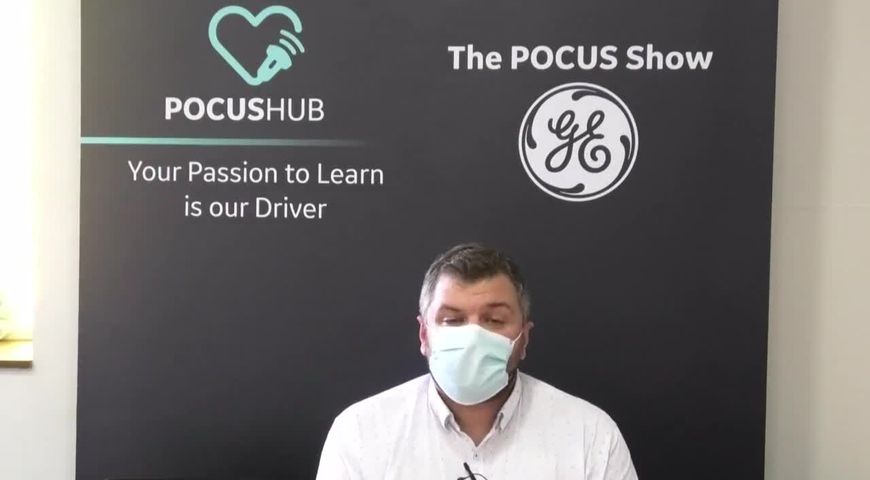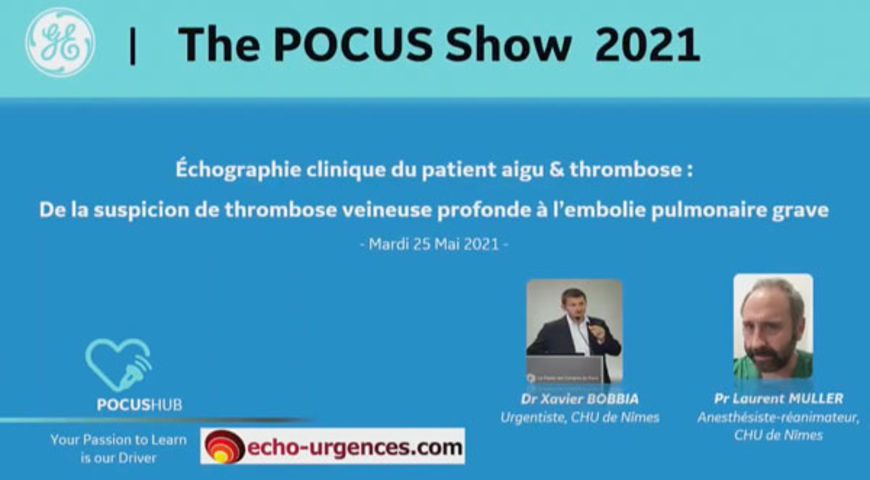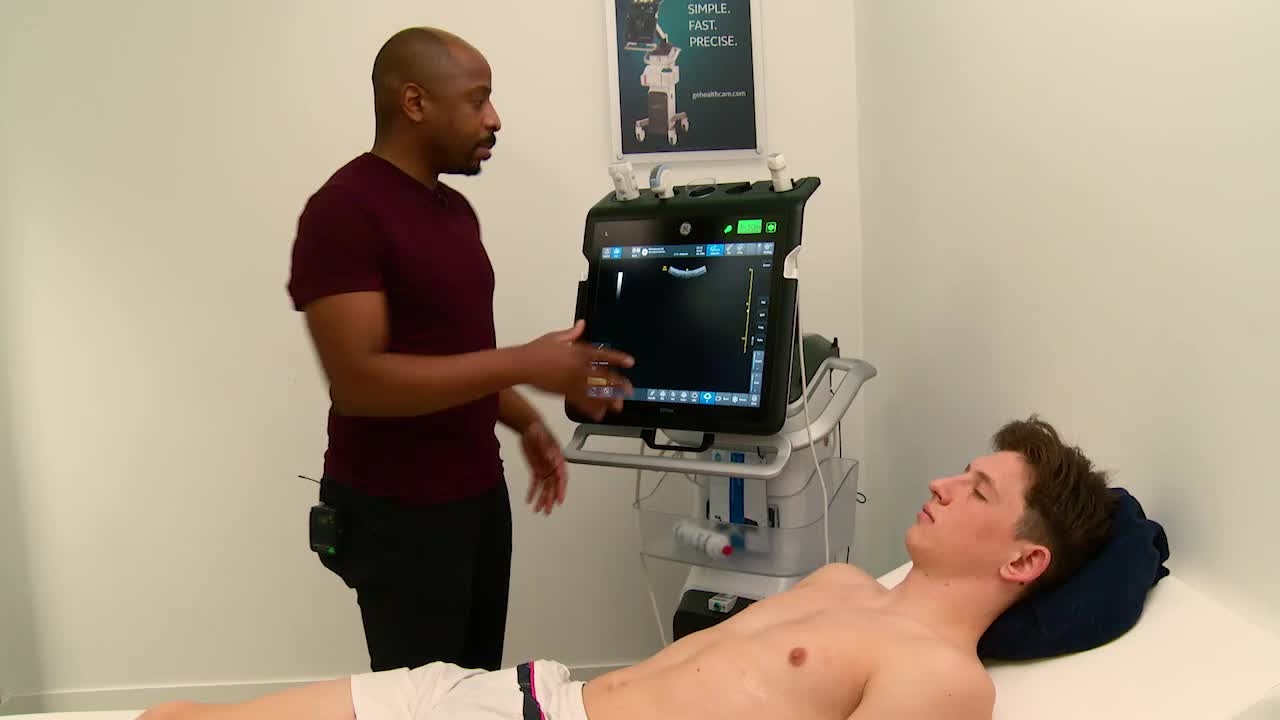
 Clinical specialty
Clinical specialty
 Clinical specialty
Clinical specialtyDr Segun Olusanya is an intensive care specialist trainee from London talk us through the most effective process of assessing venous congestion on a patient.
Venous congestion refers to a common complication of traumatic injuries and reconstructive surgery. Venous congestion occurs when arterial inflow is greater than venous outflow. When venous outflow is obstructed by clotting or disruption of veins, venous pressure increases.
The starting point for this process is the inferior vena cava using a cardiac probe, he then discusses the best practice to perform an assessment from a venous congestion perspective. If the inferior vena cava is more than 2.1cm your patient may have venous congestion and you will need to start looking at other signs, Segun helps us become aware of what signs are relevant to this diagnosis.
To learn more about Venous congestion, continue watching the video below.

Prof. Christian B. Laursen

Prof. Laurent Muller

Prof. Laurent Muller

Prof. Christian B. Laursen

Prof. Laurent Muller

Prof. Laurent Muller
| Provider | Cookies |
|---|---|
| POCUShub | cookieconsent,token,healthcarepro,tab,PHPSESSID |
| Marketo | __cf_bm |
| Provider | Cookies |
|---|---|
| NID,CONSENT,1P_JAR,CONSENT,ANID,NID | |
| Doublick.net | IDE |
